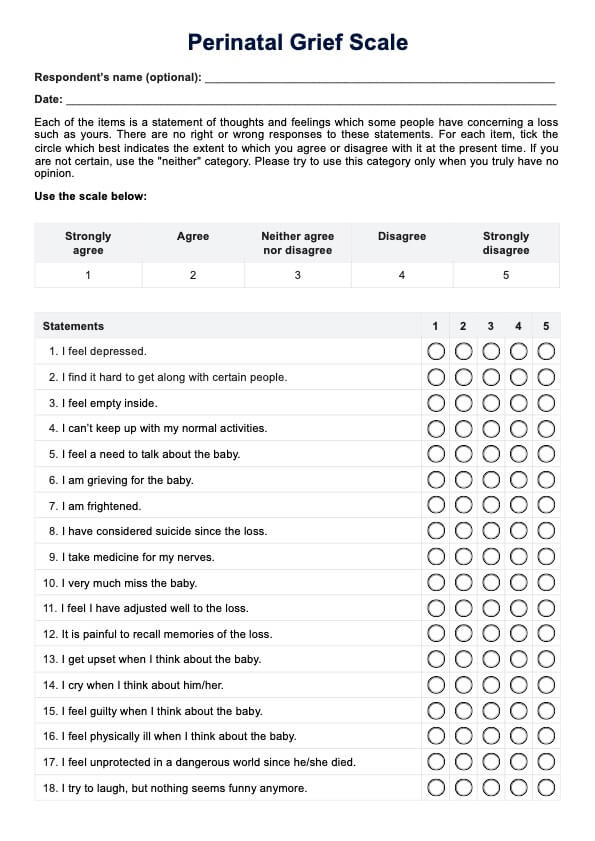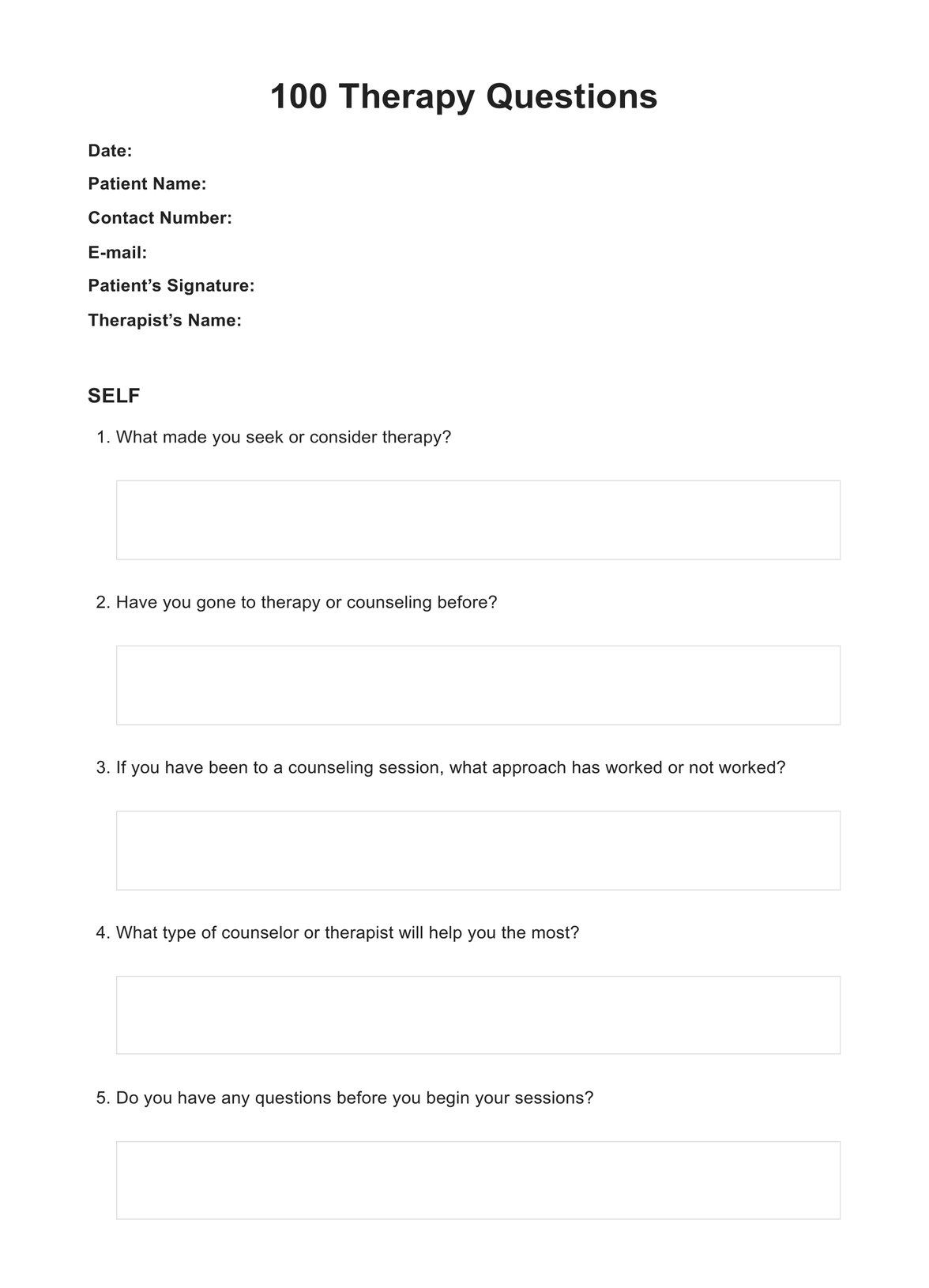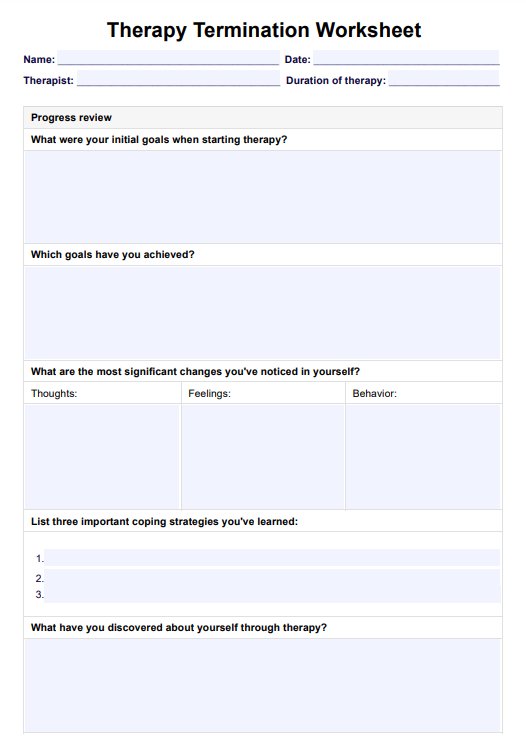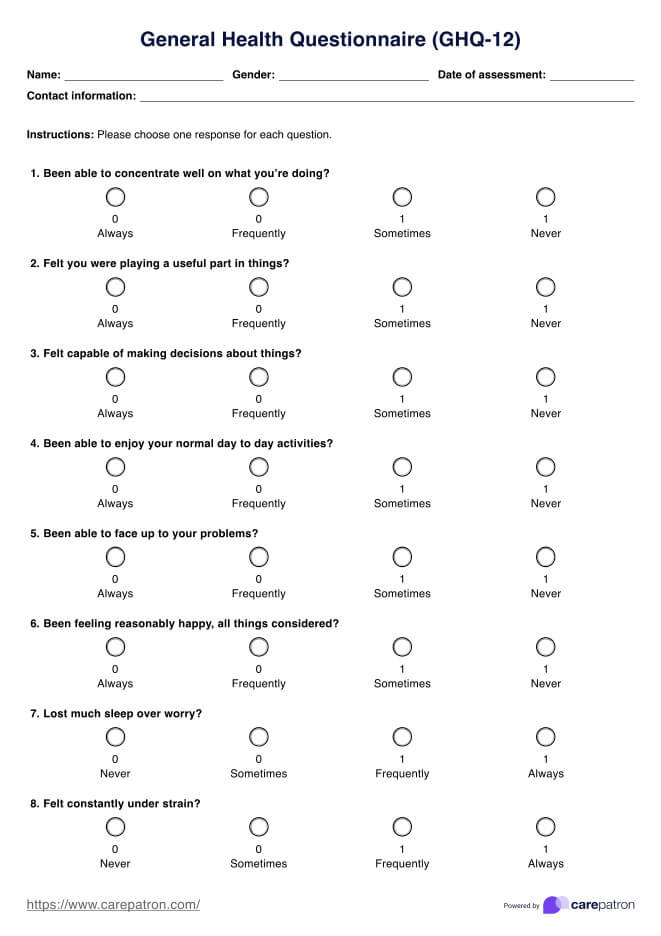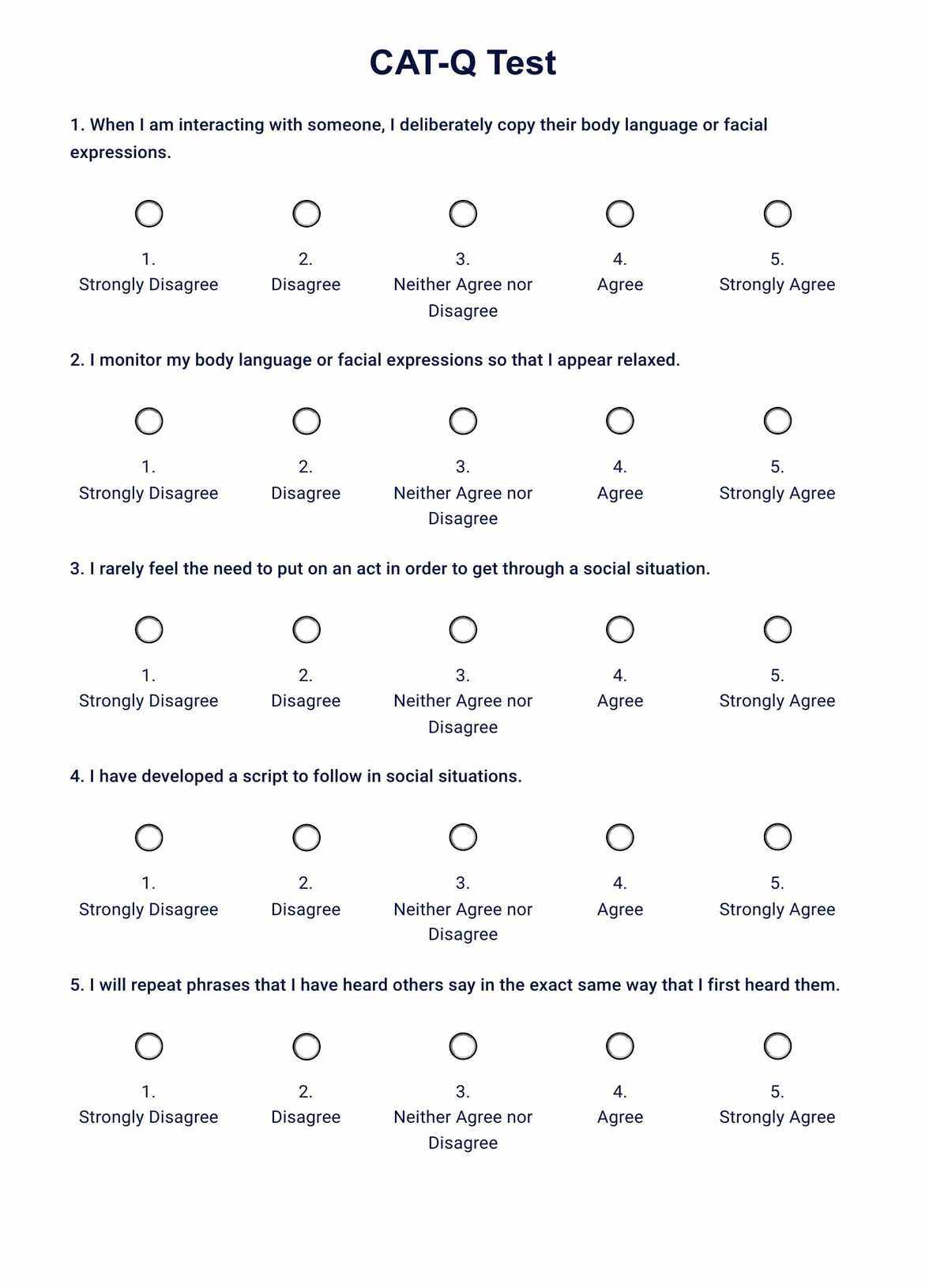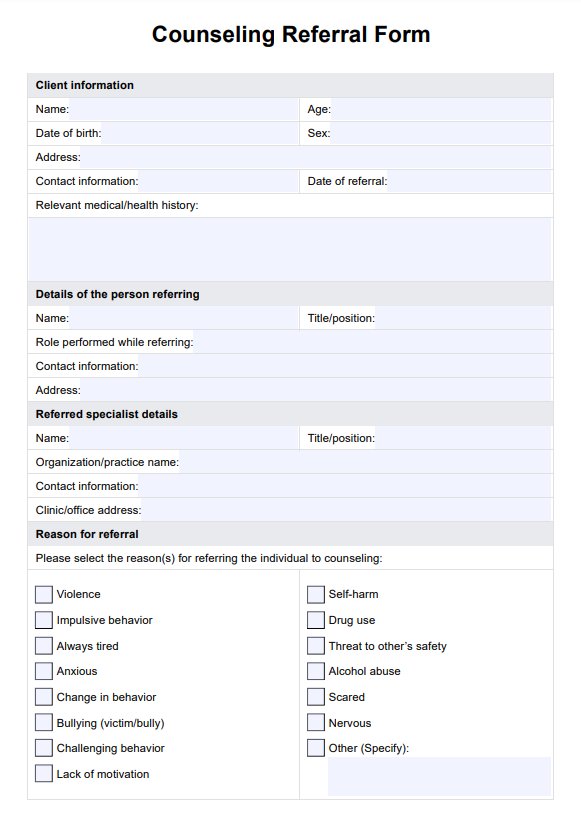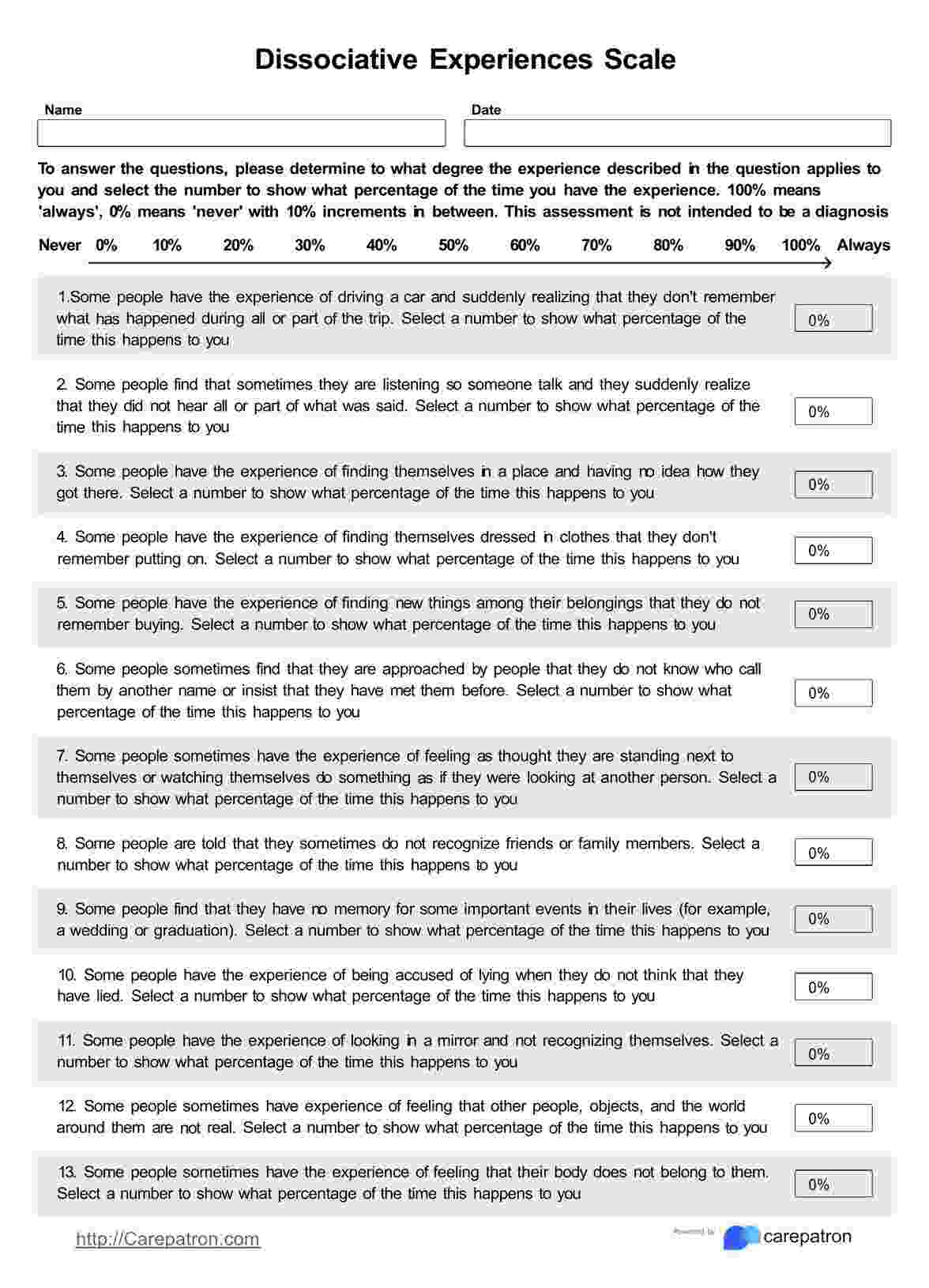Functional Analysis
Explore Functional Analysis, a vital tool for understanding problematic behaviors. Ideal for healthcare professionals seeking effective interventions.


What is a Functional Analysis?
Functional analysis is a powerful tool that medical practitioners can employ to understand better and address their clients' behaviors. In the context of cognitive-behavioral therapy (CBT), functional analysis involves an in-depth examination of the causes and consequences of behavior. This practice enables healthcare professionals to identify the variables influencing problematic behaviors, which is crucial in formulating effective interventions.
For medical practitioners, the process typically involves observing the client's behavior in various situations, identifying triggers or antecedents, and then noting the consequences of the behavior. This provides a clearer picture of why certain behaviors occur, helping practitioners tailor their approach to treatment.
For instance, if a patient exhibits anxiety when faced with a particular situation, functional analysis can help identify the specific triggers causing the anxiety. Once these triggers are known, strategies can be developed to help the patient manage their anxiety more effectively.
In addition to its use in mental health settings, functional analysis can also be used in other areas of medicine. For example, it can be used to understand why patients may not adhere to treatment plans, such as taking medication regularly or following dietary restrictions.
This explainer video is a valuable resource for gaining a more visual understanding of functional analysis. It offers an easy-to-understand overview of the concept and its applications.
To explore how functional analysis is applied in therapy, consider visiting Functional Analysis at Carepatron. This platform provides comprehensive resources and professional guidance for medical practitioners seeking to apply available analysis in their practice. You can also use this medical record template to improve your practice and client experiences.
Functional Analysis Template
Functional Analysis Example
How does it work?
Functional analysis operates on a systematic process that involves the following steps:
Identify the Behavior
The first and most crucial step is to pinpoint the problematic behavior that needs to be addressed. The behavior should be specific, observable, and measurable. For instance, if a patient is dealing with anxiety, the behavioral manifestation could be avoidance of certain situations or people.
Observation and Recording
Once you have identified the behavior, the next step involves keen observation of the behavior in various contexts. Document details such as when and where the behavior occurs and what transpires before and after the behavior. This step might require collaboration with the client or others who interact with them regularly.
Data Analysis
After gathering sufficient data, analyze it to identify potential relationships between the behavior and its antecedents and consequences. Look for patterns that can shed light on why the behavior is occurring.
Hypothesis Formation
Based on your data analysis, formulate hypotheses about the function or purpose of the behavior. This could be an attempt to gain attention, escape a situation, or access specific items or activities.
Intervention Development and Implementation
Develop a treatment plan or intervention strategy based on your findings. This could involve teaching new skills to replace the problematic behavior, modifying the environment to eliminate triggers, or changing the consequences associated with the behavior.
Progress Monitoring
After implementing the intervention, monitor the behavior closely to assess the strategy's effectiveness. Adjust the plan as necessary based on observed results.
When would you use this Template?
The Functional Analysis template is an invaluable tool for healthcare professionals dealing with a wide range of problematic behaviors in their patients. Here are some instances when it is appropriate to use this resource:
- Behavioral Health: If you are a psychologist, psychiatrist, or therapist, this template can be handy in behavioral health settings. It can help you identify the triggers and consequences of problematic behaviors in patients with mental health disorders, such as anxiety, depression, or ADHD.
- Chronic Disease Management: For those working with patients managing chronic diseases like diabetes or heart disease, this template can help understand why patients may not adhere to prescribed treatment plans. It can uncover patterns and behaviors that interfere with medication adherence or lifestyle changes, allowing you to tailor interventions effectively.
- Pediatric Care: Pediatricians and child therapists can use this template to analyze behaviors in children that might be disruptive or harmful. This could include behaviors related to tantrums, non-compliance, or aggression. The analysis can help design strategies to modify these behaviors.
- Substance Abuse Counseling: In substance abuse counseling, this template can identify triggers leading to substance use and create plans to avoid or deal with these triggers effectively.
- Eating Disorders Therapy: For practitioners specializing in eating disorders, the template can help identify patterns associated with unhealthy eating behaviors, helping develop tailored treatment plans.
- Occupational Therapy: Occupational therapists can use this template to understand behaviors that interfere with a patient's ability to perform daily activities and design interventions to improve their independence and quality of life.
Benefits
The Free Functional Analysis Template offers several benefits to healthcare practitioners across different fields. Here are some of the key advantages:
Simplifies the Process
The template provides a structured format that simplifies the process of functional analysis. It guides you through each step, ensuring you get all the crucial details.
Enhances Understanding
The template enhances your understanding of why certain behaviors occur by helping you systematically record and analyze behaviors, antecedents, and consequences.
Facilitates Personalized Care
With a clearer understanding of the function of behaviors, you can design more effective and personalized intervention strategies, improving patient care and outcomes.
Promotes Consistency
Consistency is crucial in behavioral analysis. The template ensures a consistent approach, making comparing data over time or across different cases easier.
Saves Time
Instead of creating your format each time, using the ready-made template can save significant time, letting you focus more on your patients.
Cost-Effective
Lastly, as this is a free resource, it's a cost-effective solution for professionals seeking to incorporate functional analysis into their practice without incurring extra costs.
Research & Evidence
Functional analysis has a rich history rooted in the principles of behaviorism, primarily developed by B.F. Skinner in the mid-20th century. Skinner's work emphasized the importance of understanding the relationship between a behavior and its context, including antecedents and consequences.
Over the years, functional analysis has been supported by extensive research and evidence across various fields of psychology and behavioral health. It has proven to be an effective tool in understanding and modifying a broad range of behaviors.
For instance, in Applied Behavior Analysis (ABA) therapy for autism spectrum disorder, functional analysis is a crucial component. It helps therapists understand why children may exhibit certain behaviors, like self-harm or aggression, and design interventions to replace them with more positive ones. Numerous studies, such as those published in the Journal of Applied Behavior Analysis, have demonstrated the effectiveness of this approach.
In clinical psychology, functional analysis is used to understand problematic behaviors associated with disorders like depression, anxiety, and PTSD. This approach allows clinicians to tailor treatments based on individual behaviors and their functions, leading to better patient outcomes.
Moreover, functional analysis is also applied in educational settings to manage disruptive behaviors in students. Research indicates that interventions based on available analysis can significantly reduce classroom problem behaviors.
References
- Brandenburg, L., & Brandenburg, L. (2023). What is a Functional Analyst? Bridging the Gap | We’ll Help You Start Your Business Analyst Career. https://www.bridging-the-gap.com/functional-analyst/
- Functional Analysis. (n.d.). https://www.thebrightsideofmathematics.com/courses/functional_analysis/overview/
- Functional Analysis Assessments Overview. (2023, January 17). Catalyst. https://datafinch-catalyst.zendesk.com/hc/en-us/articles/360053408331-Functional-Analysis-Assessments-Overview
- Miller, D. a. B. (2019, April 2). An introduction to functional analysis for science and engineering. arXiv.org. https://arxiv.org/abs/1904.02539
- Van Neerven, J. (2022). Functional Analysis. --. https://doi.org/10.1017/9781009232487
- What Is A Functional Analyst? | Definition, Career, and Overview. (2023, April 6). https://www.zippia.com/functional-analyst-jobs/
Commonly asked questions
Functional Analysis is used by various healthcare professionals such as psychologists, psychiatrists, therapists, occupational therapists, and professionals dealing with chronic disease management, substance abuse counseling, and eating disorders therapy.
Functional Analysis is used when there's a need to understand the function or purpose behind problematic behaviors. It's used to identify triggers and consequences of these behaviors to design effective interventions.
Functional Analysis involves observing and recording the behavior, identifying the antecedents (events before) and consequences (events after the behavior). This information is then analyzed to understand why the behavior is occurring, enabling the development of strategies to modify or replace the problematic behavior.


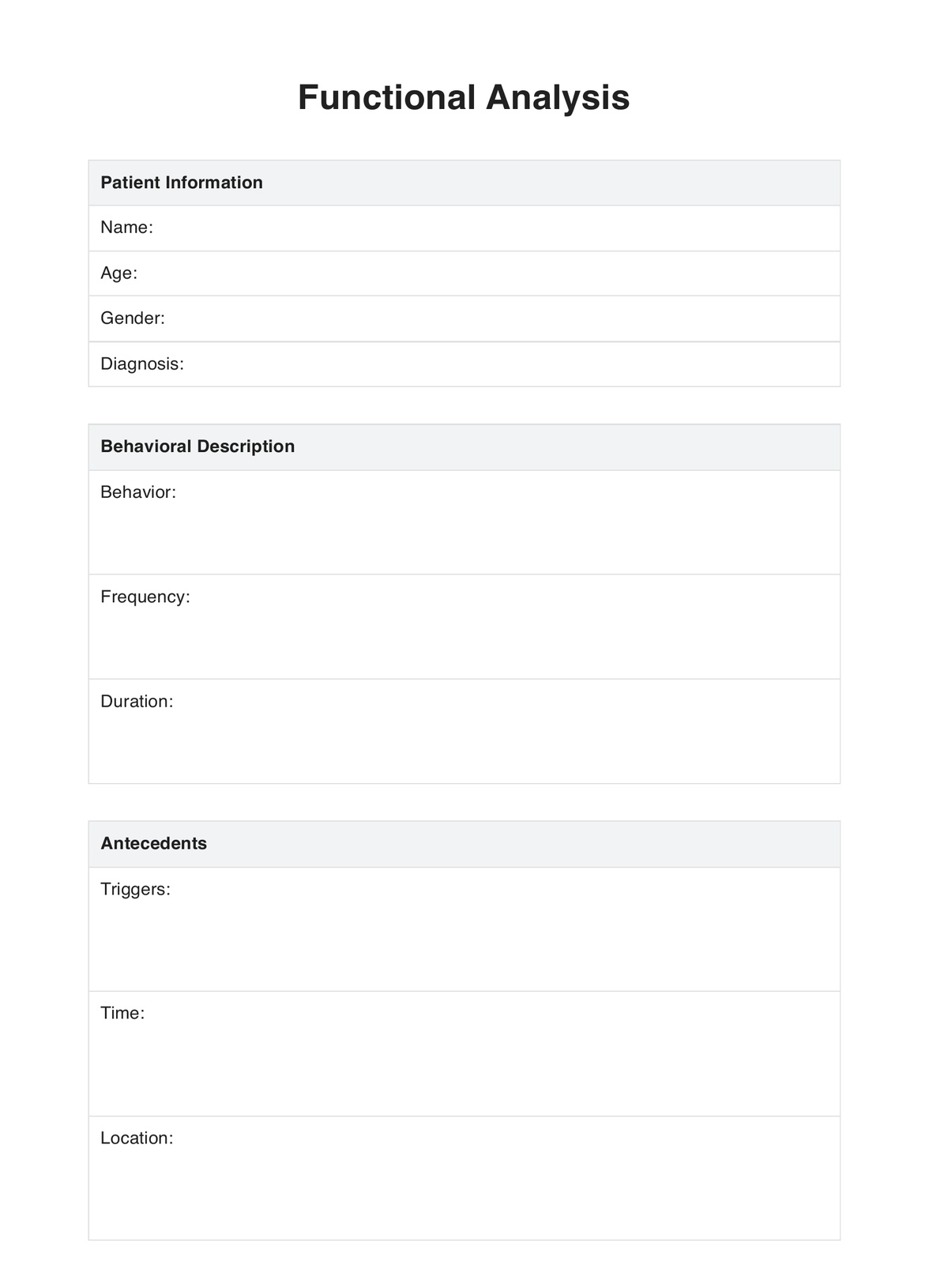
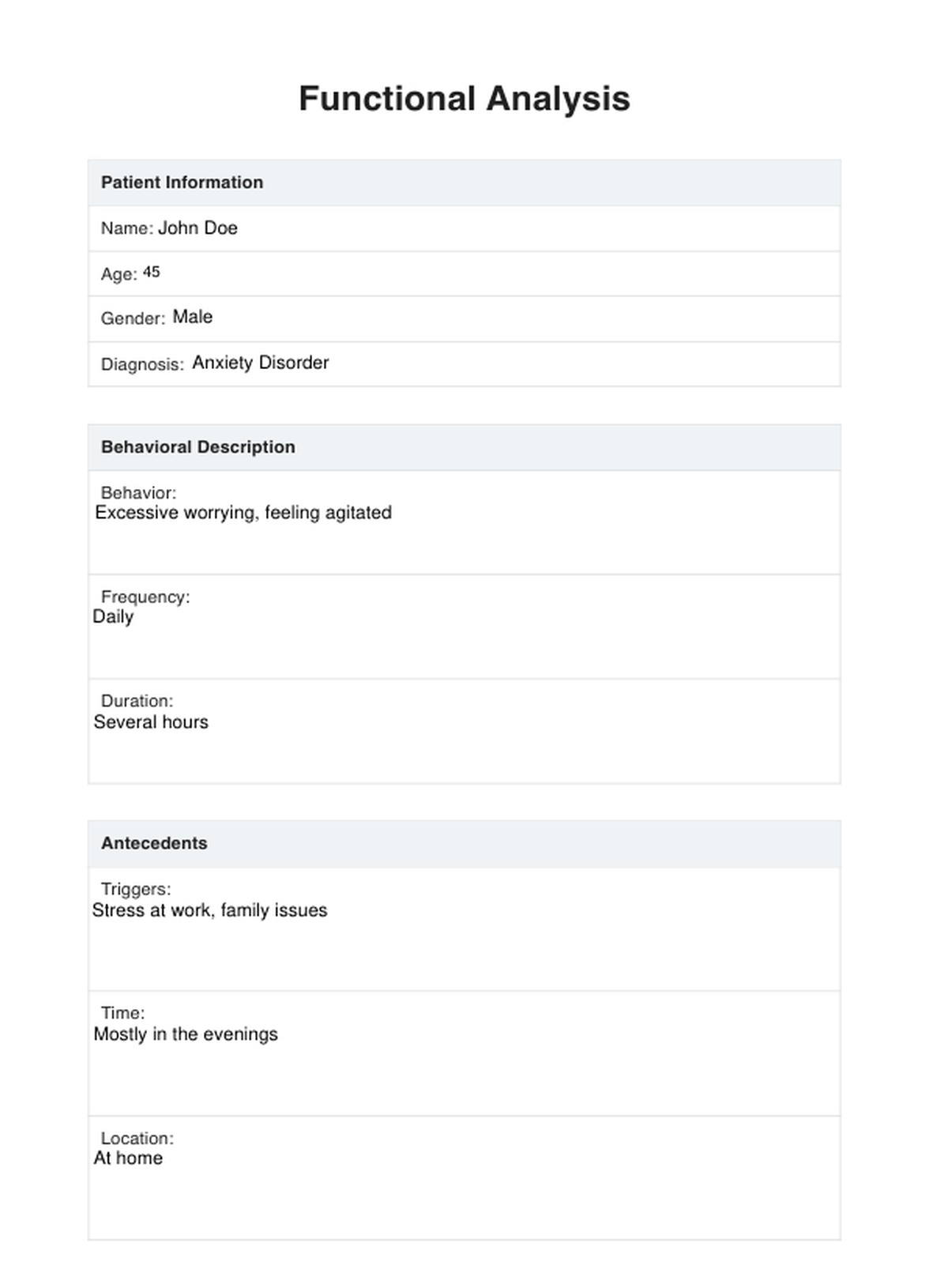

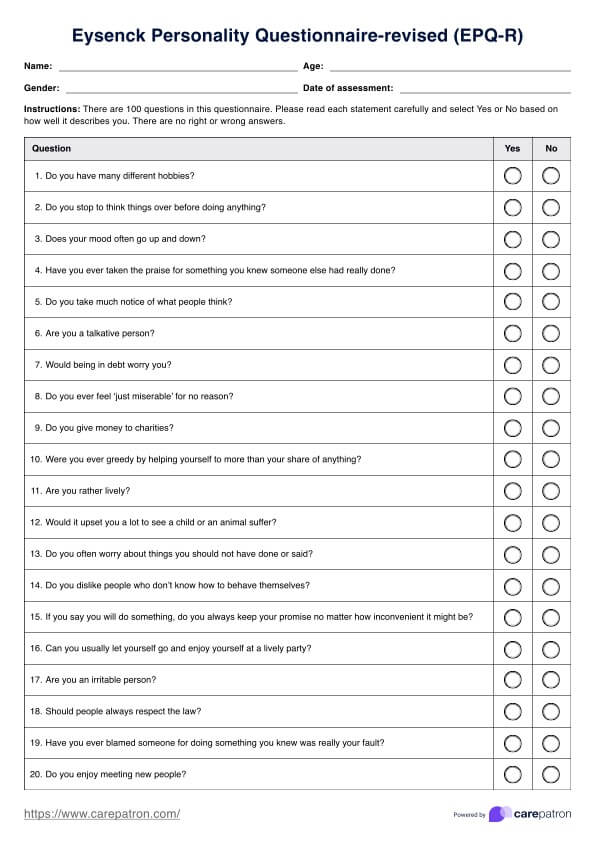
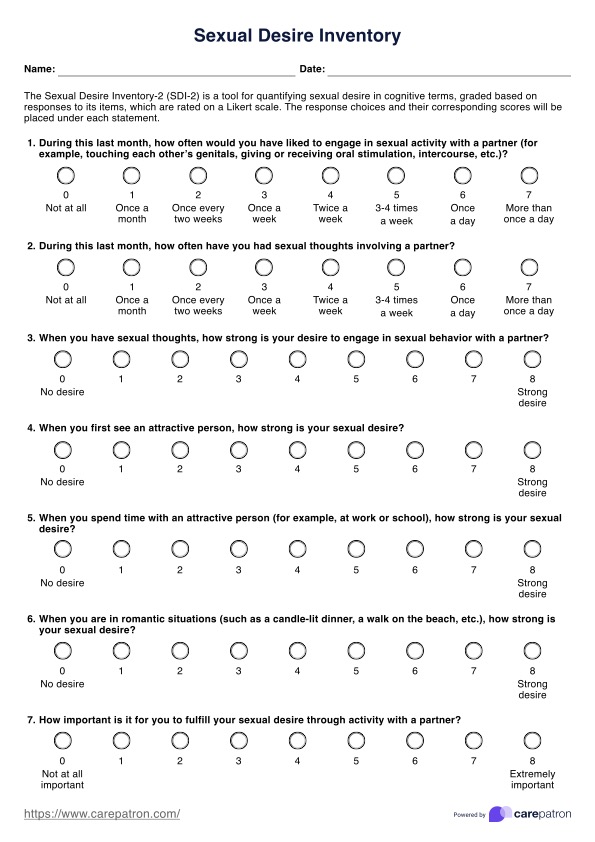
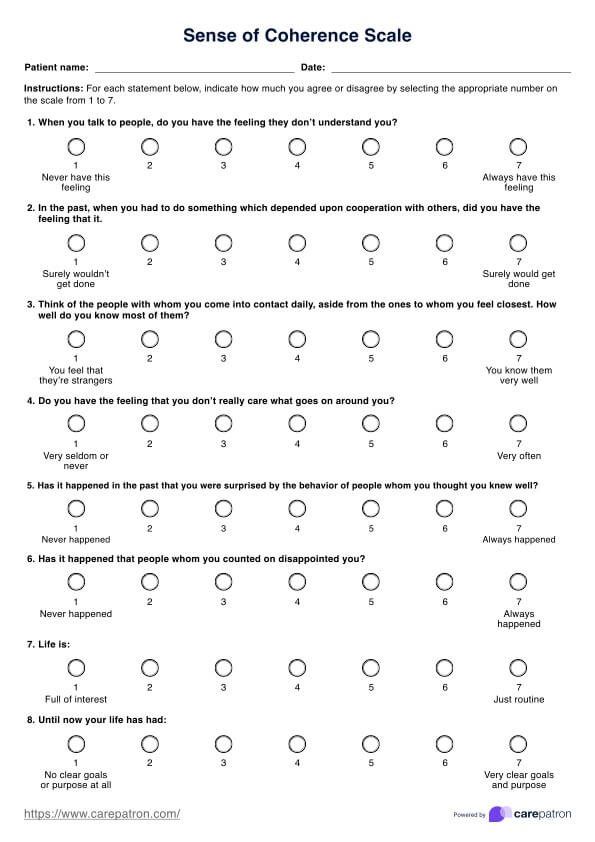









-template.jpg)






















































































